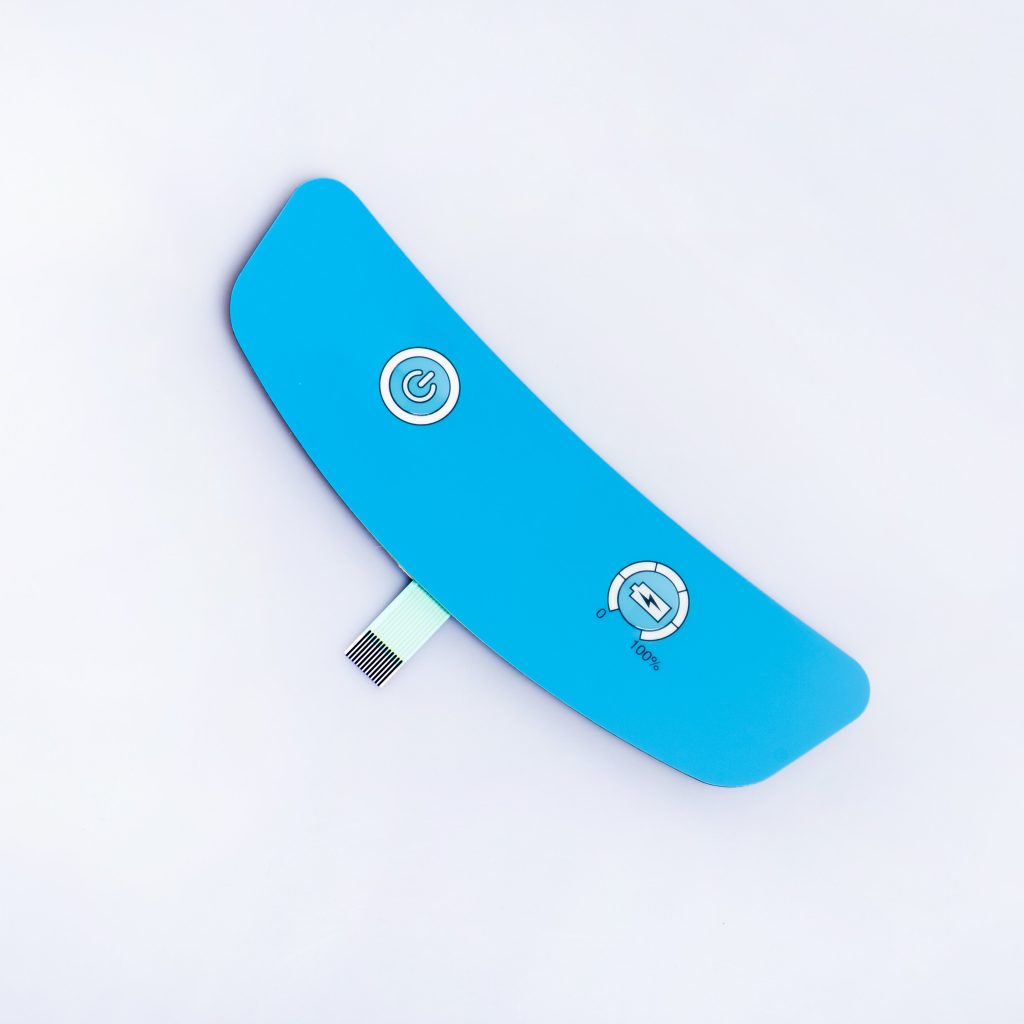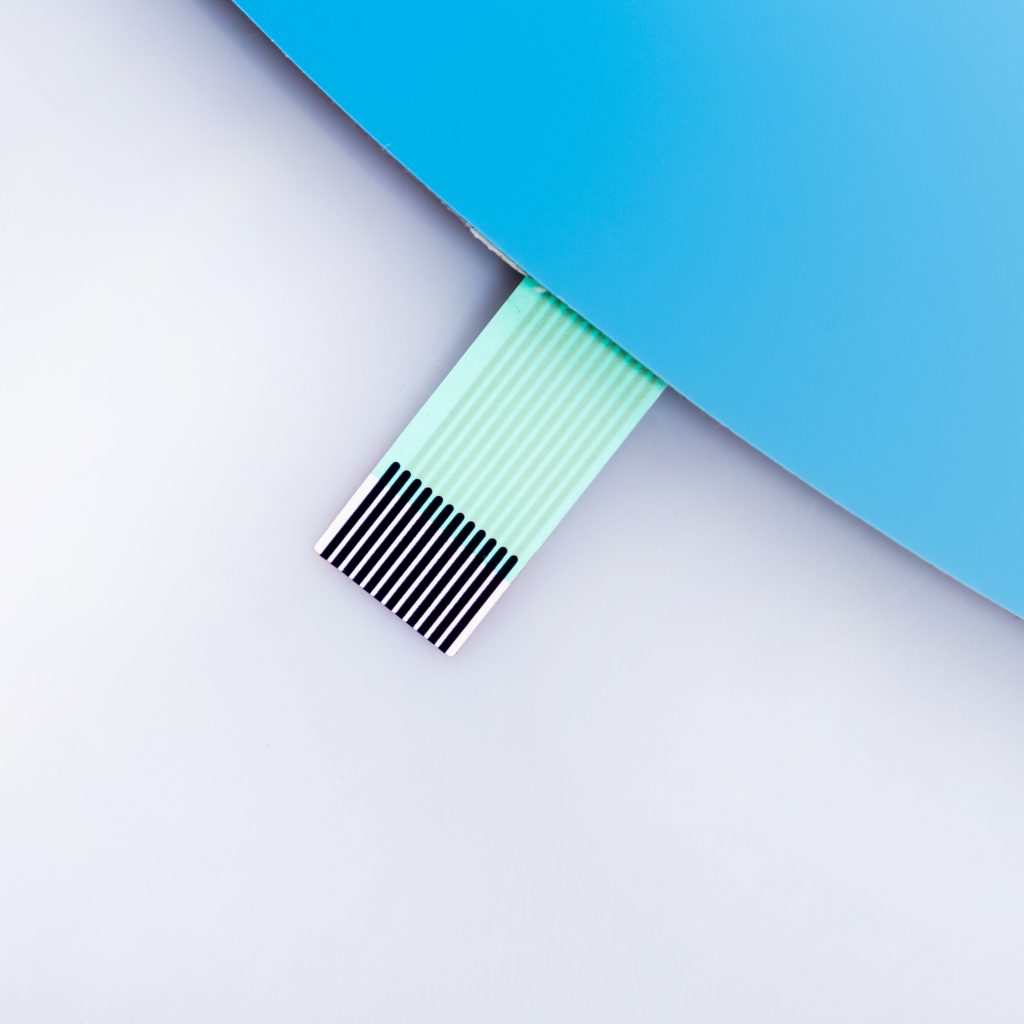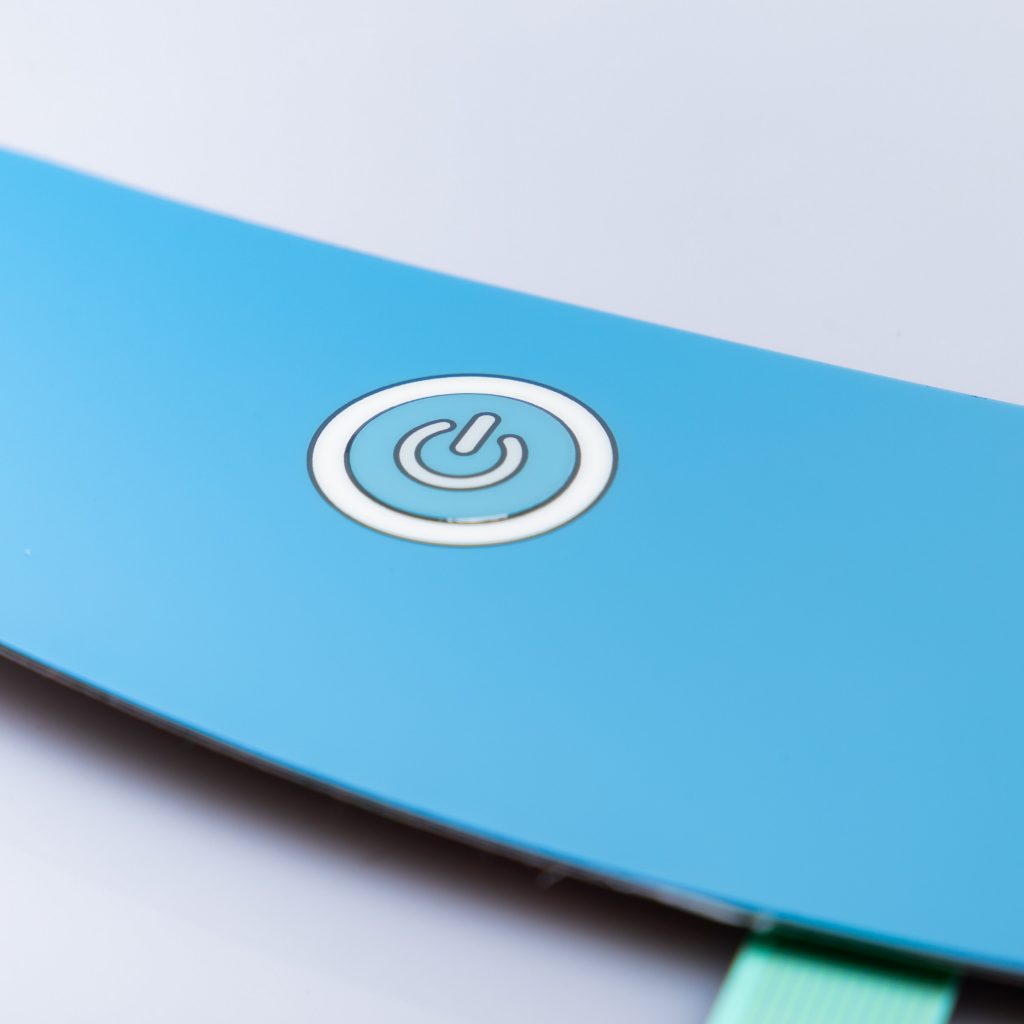Introduction to Conductive Ink for Membrane Switches
In the world of electronic devices and touch-sensitive interfaces, membrane switches play a crucial role. These slim, flexible components have become an integral part of various consumer and industrial applications, from microwave ovens to medical equipment. One of the key components that make membrane switches function efficiently is conductive ink. In this article, we will explore the fascinating world of conductive ink and its essential role in membrane switches.



Table of Contents
-
1. Understanding Membrane Switches
Membrane switches are user interfaces that consist of multiple layers of flexible materials. These layers typically include graphic overlays, adhesive spacers, and conductive layers. The switches are designed to provide a tactile response when pressed, making them suitable for various applications, including control panels, remote controls, and medical devices.
-
2. The Role of Conductive Ink
Conductive ink serves as the conductive element in membrane switches, allowing electrical signals to pass through when a switch is pressed. This ink is a unique blend of conductive particles, solvents, and binders. Its main function is to create a conductive pathway that completes the circuit when pressure is applied to the switch.
-
3. Types of Conductive Ink
There are several types of conductive ink available, including silver-based, carbon-based, and copper-based inks. Silver-based inks are the most commonly used due to their excellent conductivity and durability. Carbon-based inks are cost-effective but may have slightly lower conductivity. Copper-based inks offer high conductivity but are less flexible.
-
4. Conductive Ink Manufacturing Process
The manufacturing process of conductive ink involves mixing the conductive particles with solvents and binders to create a homogeneous mixture. This mixture is then applied to the membrane switch’s conductive traces using various printing methods, such as screen printing or inkjet printing. Once applied, the ink is cured to remove solvents and binders, leaving behind a conductive pathway.
-
5. Applications of Conductive Ink
Conductive ink is not limited to membrane switches; it finds applications in various industries. It is used in flexible electronics, RFID tags, printed circuit boards, and even in the creation of electronic textiles. Its versatility makes it a valuable material in the world of electronics.
-
6. Advantages of Conductive Ink in Membrane Switches
Conductive ink offers several advantages in membrane switches. It allows for a compact and lightweight design, making it ideal for portable devices. Additionally, it is highly reliable, providing consistent performance over a long lifespan. Its flexibility also allows for the creation of custom-shaped switches to fit specific product designs.
-
7. Challenges in Using Conductive Ink
While conductive ink offers numerous benefits, it also presents challenges. It can be sensitive to environmental factors, such as humidity and temperature changes. Ensuring proper adhesion to the substrate is crucial for long-term reliability. Manufacturers must also carefully control the curing process to prevent defects.
-
8. Future Trends in Conductive Ink Technology
The field of conductive ink technology is continuously evolving. Researchers are working on developing inks that are even more conductive, environmentally friendly, and resistant to external factors. As technology advances, we can expect to see conductive ink playing a more significant role in various electronic applications.
-
9. Conclusion
Conductive ink is a critical component in the world of membrane switches, enabling the functionality of these essential user interfaces. Its versatility and reliability make it a go-to choice for manufacturers across industries. As technology continues to advance, we can anticipate exciting developments in the field of conductive ink technology.
-
FAQs
- What are membrane switches used for? Membrane switches are used in various applications, including control panels, medical devices, and consumer electronics, to provide user-friendly interfaces.
- What makes silver-based conductive ink popular? Silver-based conductive ink is popular due to its excellent conductivity and durability, making it suitable for demanding applications.
- Are there any limitations to using conductive ink? Conductive ink can be sensitive to environmental factors and requires careful manufacturing processes to ensure reliability.
- How is conductive ink applied to membrane switches? Conductive ink is typically applied using printing methods such as screen printing or inkjet printing and is then cured to create a conductive pathway.
- What can we expect in the future of conductive ink technology? In the future, conductive ink technology is likely to become even more conductive, environmentally friendly, and resistant to external factors, expanding its applications in electronics.
